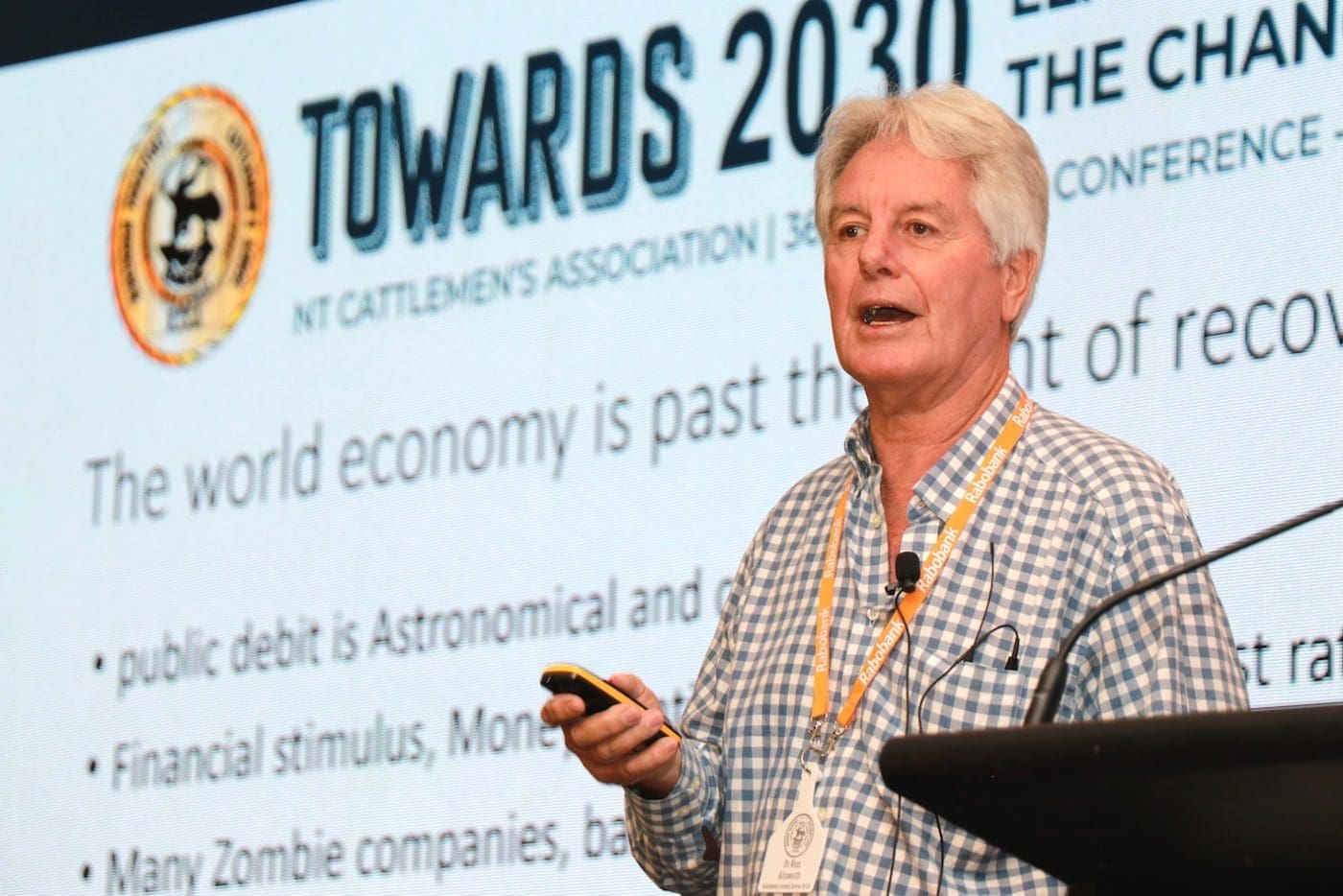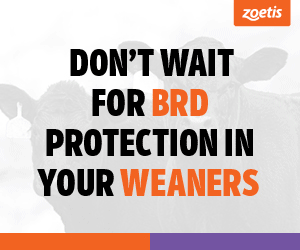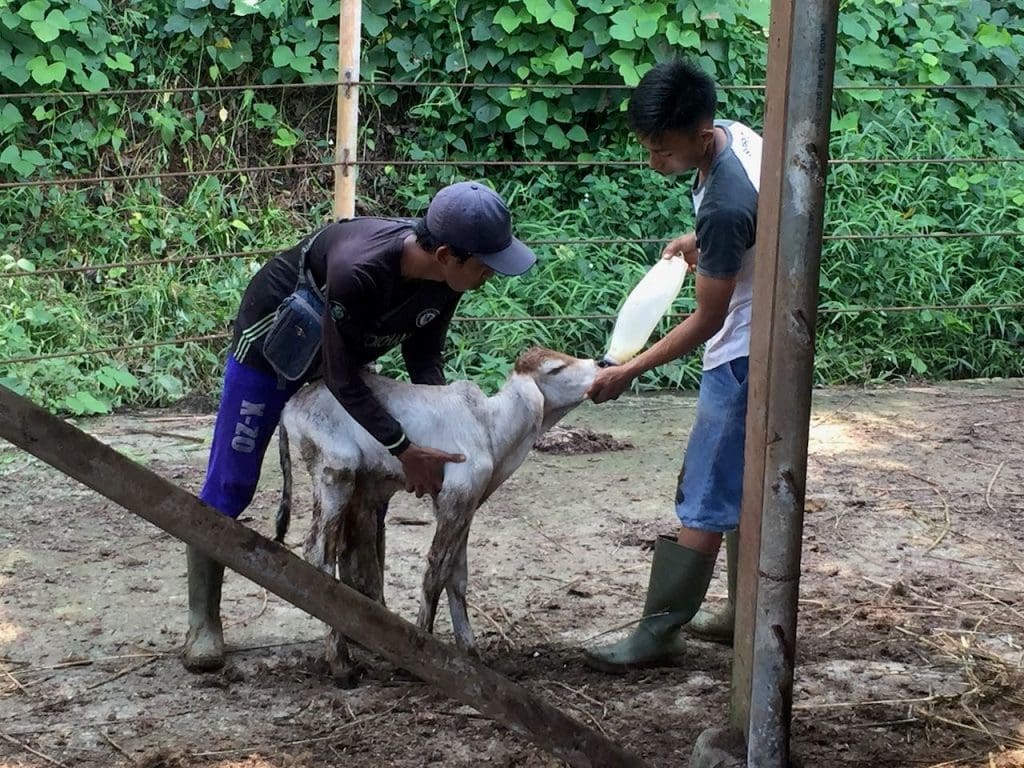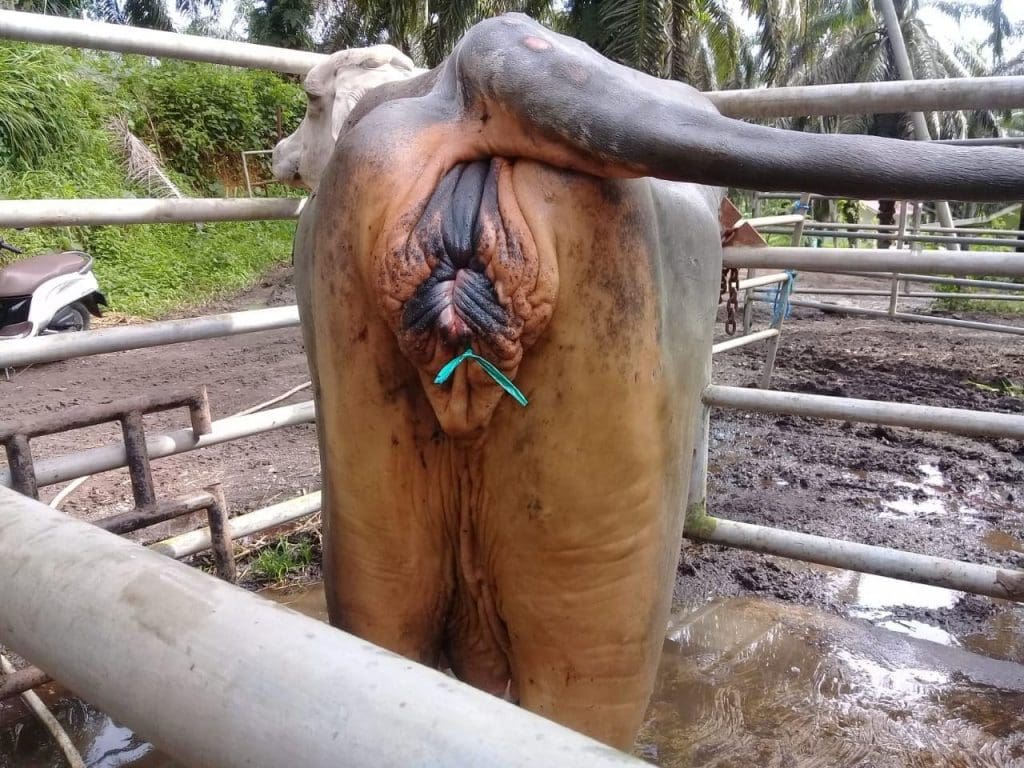
THERE is a shortage of veterinarians in Australia generally but this problem is especially acute in most areas of rural and remote Australia. The list of reasons for the shortage is long and not the subject of this discussion except to say that considering the production rate of new graduates and the declining chances that these new vets will choose to work in rural Australia, the deficit is certain to become substantially worse in the coming decades unless dramatic changes are made.
Most current suggestions on how to fix the problem are typically traditional approaches such as providing better access to student loans, offering grants to equip mobile veterinary clinics, expanding the role of veterinary nurses, contributing to travel costs associated with farm visits, public and private sector partnerships and others. Some of these may assist to some degree but none will deliver a comprehensive and durable solution.
This situation presents a very serious problem for animal health, welfare and productivity in rural Australia requiring a radical new approach if the problem is to be solved in the short to medium term.
 For the purposes of this suggestion, the target species of this new approach only includes cattle, sheep, goats and other ruminants. Horses, pets and pigs are much more likely to be successfully catered for by conventional veterinary services. The capacity of practices will actually be enhanced if rural vets are able to delegate a substantial proportion of their routine ruminant work to others.
For the purposes of this suggestion, the target species of this new approach only includes cattle, sheep, goats and other ruminants. Horses, pets and pigs are much more likely to be successfully catered for by conventional veterinary services. The capacity of practices will actually be enhanced if rural vets are able to delegate a substantial proportion of their routine ruminant work to others.
The solution I am proposing has only recently become feasible on a nationwide scale as a result of the convergence of a number of new technologies which were unimaginable only a decade ago.
The two most dramatic developments are Starlink which provides for fast digital communications and data transfer anywhere in Australia (and the rest of the world) and Artificial Intelligence (AI). AI applications such as Chat GPT (Open AI) and Bard (Google) can already pass the veterinary examination with ease and can be further trained to have a thorough understanding of the animal health issues in Australia and the most appropriate treatments or procedures to address whatever problems may be identified.
 The imminent release of the Tesla Pi mobile smart phone (operating through the Starlink satellite network) will further enhance the efficiency of remote digital communications and data transfer. This smartphone will have the capacity to operate an AI veterinary diagnostic and treatment application. The Pi phone is not available today but is predicted to be released onto the world market in early 2024. The astonishing reality is that it will be possible to use AI technologies to complete the majority of the work to develop the AI veterinary application so this component could potentially be available at about the same time as the Tesla Pi Phone.
The imminent release of the Tesla Pi mobile smart phone (operating through the Starlink satellite network) will further enhance the efficiency of remote digital communications and data transfer. This smartphone will have the capacity to operate an AI veterinary diagnostic and treatment application. The Pi phone is not available today but is predicted to be released onto the world market in early 2024. The astonishing reality is that it will be possible to use AI technologies to complete the majority of the work to develop the AI veterinary application so this component could potentially be available at about the same time as the Tesla Pi Phone.
These are the key elements of the model :
- A strategically located veterinary practice is the anchor for this initiative
- Para-vets, employed by the practice (or potentially by large animal production enterprises) are provided with suitable training to enable them to conduct thorough examinations of the animals and situations presented then input this data into the AI device, interpret the subsequent recommendations and then to deliver the appropriate treatments as directed. Paravets might be sourced from Ag college graduates or similar then provided with the specific paravet training package.
- Digital communications are in place for the paravets to communicate with the central veterinary practitioner (or appropriate alternative specialist) using voice or video where additional advice and guidance is required.
- Paravets can be located strategically across rural areas operating under the supervision of the central veterinary practice which supplies them with the appropriate AI technologies, communications systems, veterinary medicines and equipment to complete most tasks as well as being responsible for auditing, insurance and administrative functions.
Example :
- Dairy farmer calls the local practice with a downer cow suggesting a probable case of milk fever.
- The managing vet (busy attending a horse with colic) identifies that this is a task suitable for the paravet located closest to the farm and passes on the request for a visit along with information provided by the farmer. The vet may also pass along any relevant history of this farm, the farmer or their livestock that might be useful.
- Paravet attends, conducts an examination of the cow, inputs the data into the AI device, is provided with diagnosis and the recommended treatment. Paravet considers the AI advice and any other information that may have been provided then delivers the treatment as required. Should there be any matters not addressed by the AI program or issues that concern the paravet then they call the practice vet using voice or video to discuss and resolve.
This process provides the dairy farmer with a service which is likely to be quicker and cheaper than using a fully trained vet (if one was available) with a high probability of getting a service with a similar outcome to that provided by a fully qualified veterinarian. As with most diseases and injuries, providing treatment of the case as early as possible will usually improve the chances of a positive outcome. The veterinary practice has the opportunity to provide a more comprehensive and timely service to a much larger number of clients by allocating the more technical or complex tasks to the vet while the paravets carry out the more routine duties that might not have been possible for the vet to complete due to constraints of time, distance or cost.
Win-win for the vet practice, the farmer, the paravet and most of all for the welfare and productivity of animals in rural Australia who are currently facing a grim future in terms of their ongoing veterinary care.
I have worked across rural Asia for more than 30 years. This region, which has always been short of qualified veterinarians has used a system of paravets to great advantage. The key is providing these paravets with the appropriate training and resources to support the farmers in rural Asia who would otherwise be forced to go without any form of veterinary care for their precious livestock.
The most difficult part of this disruptive proposition is to convince the traditionally conservative veterinary profession and associated government agencies to accept such a radical change. Both vets and governments have been notoriously slow to embrace change and this type of proposal will no doubt encounter a mountain of objections and reasons why it is absolutely out of the question. The short answer to these objections is that the delivery of efficient conventional veterinary services across many parts of rural and remote Australia is currently either non-existent or unsustainable. Animal welfare, production and the rural economy will all suffer unless a suitable solution is found. While AI and other technologies are moving at warp speed, government legislation, regulation and professional associations still move at the pace of glaciers.
During the 1960s and 70s state and territory governments developed a system of stock inspectors who supported the very small number of government veterinarians available at that time. This approach was extremely successful especially during the major national disease eradication programs for pleuropneumonia, brucellosis and tuberculosis. Stockmen aboard cattle and sheep vessels successfully carry out paravet duties following appropriate training. The stock inspector and ship stockmen models have already been in place for decades so if there is a will by all parties to solve this problem then history proves that it can not only work but do so extremely effectively and efficiently to the benefit of livestock, their owners and the nation.

I trained the Indonesian stockman in the image above on the right to stomach tube calves using a McGrath fluid feeder. He has only high school level education and works on a remote oil palm plantation in West Sumatra. He is very intelligent and highly motivated. I also trained him to deliver an epidural anaesthetic to a cow, reduce a prolapse and introduce a purse string suture to prevent the prolapse from relapsing. The training took only a few hours.
On my next visit to the plantation some months later the stockman provided me with photos of a cow with a prolapsed uterus found in the plantation that walked quietly back to the cattle yards (with the calf). The stockman (paravet) gave the cow an epidural anaesthetic in the base of the tail, the uterus was cleaned and replaced.

Once the uterus was put back in place, the vulva was closed using a Bruhners needle to introduce a loose purse string suture to prevent a relapse (but allow for normal urination and discharges). See image above. Both cow and calf survived.
- Author Dr Ross Ainsworth is a veterinarian, living in Indonesia.
